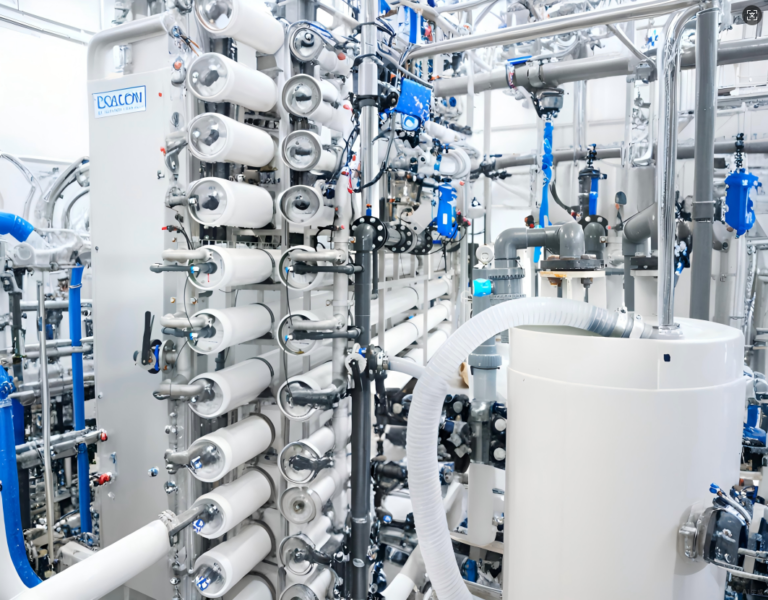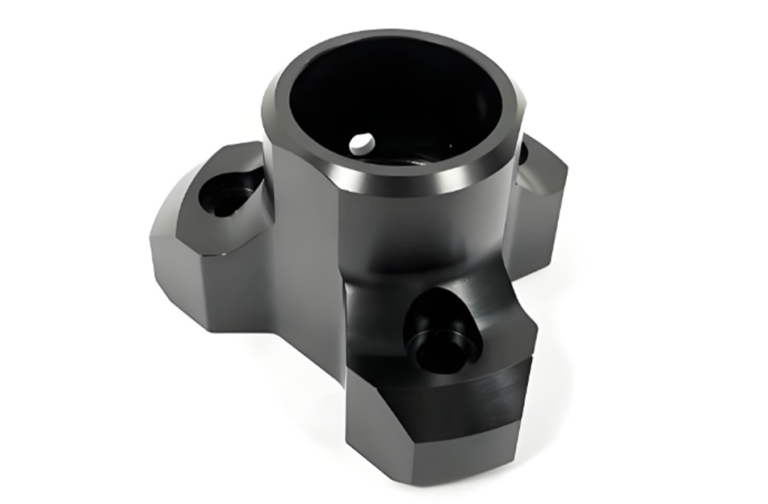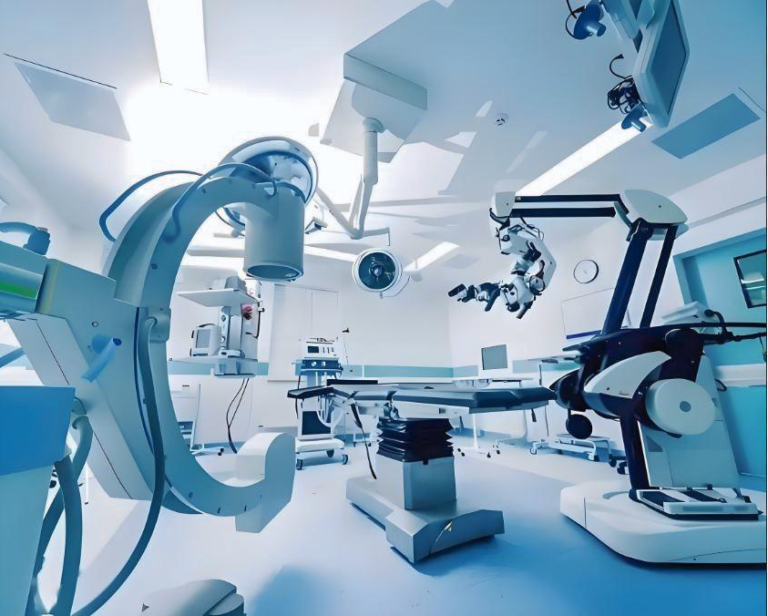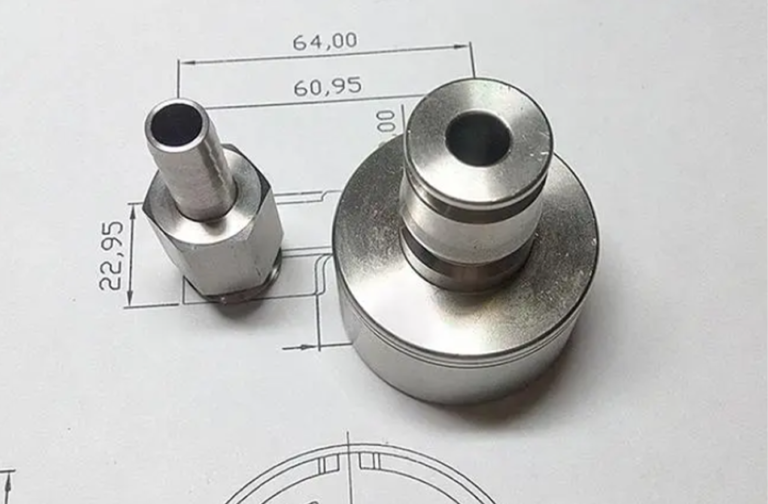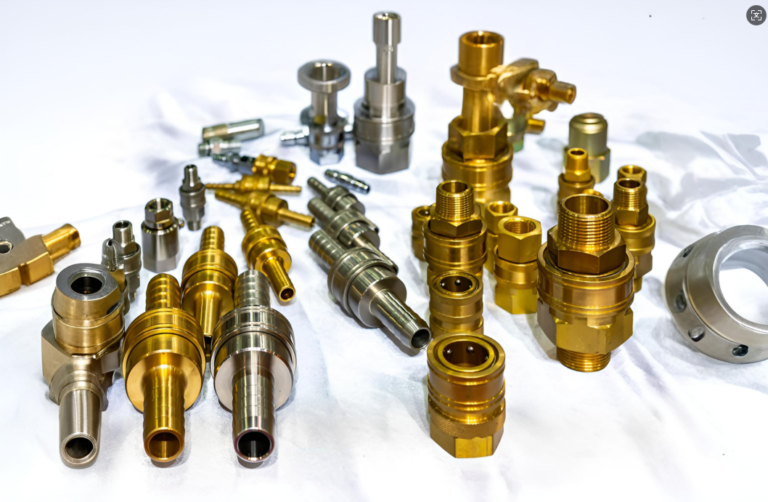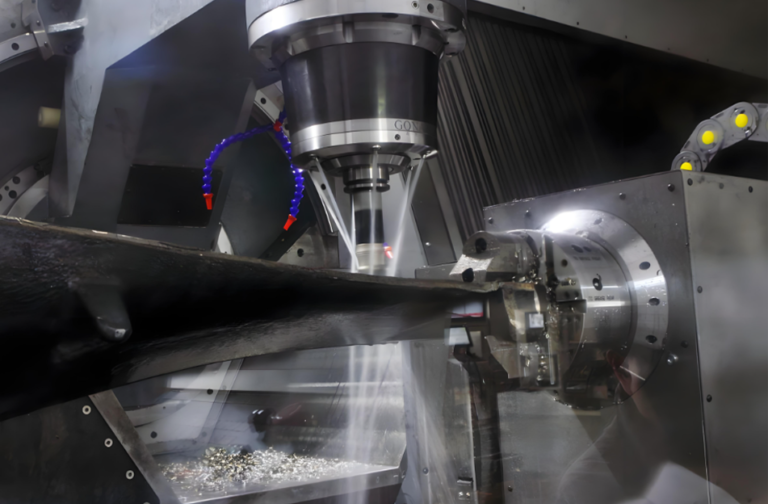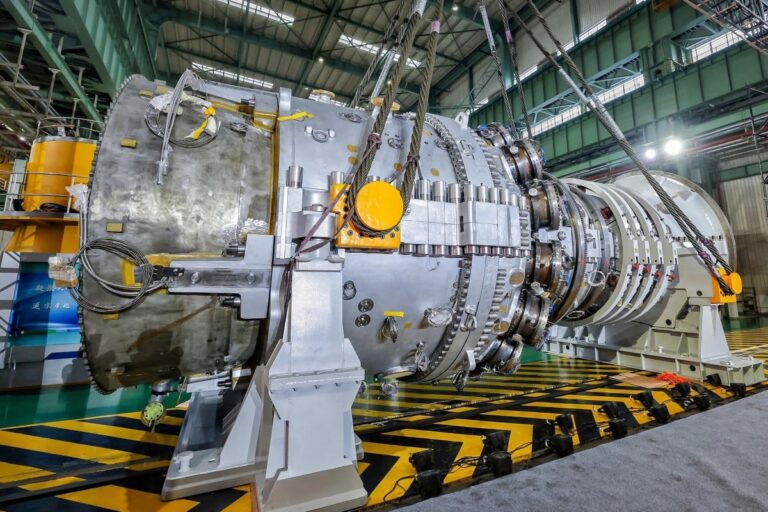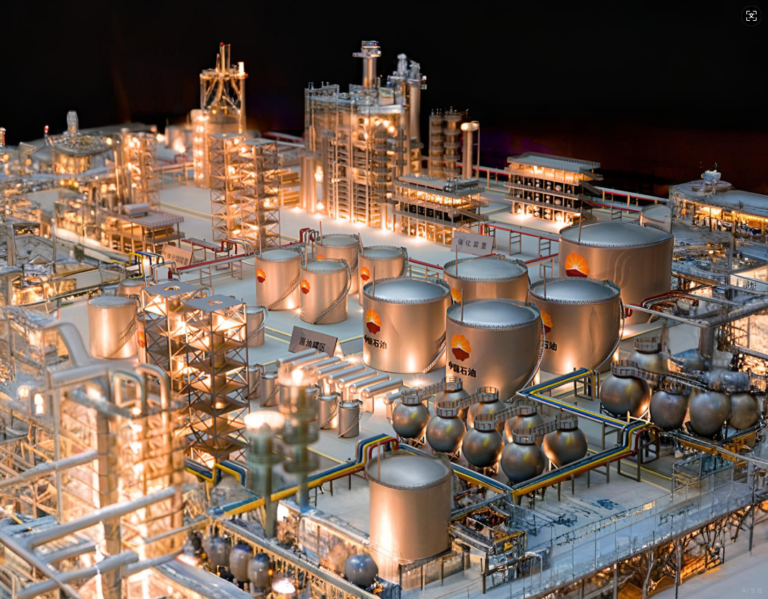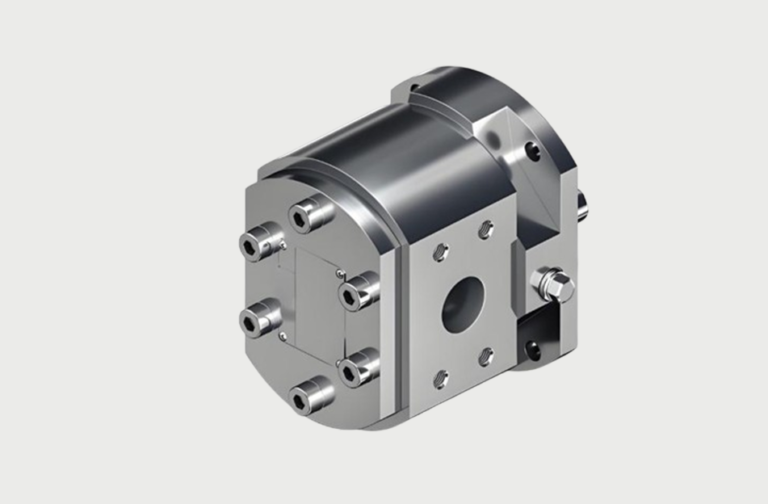Table of Contents

Introduction to CNC Machining Parts
In today’s fast-paced manufacturing world, precision and efficiency are paramount. CNC (Computer Numerical Control) machining has revolutionized how industries produce parts, ensuring high-quality outputs with unmatched accuracy. From automotive to aerospace, and medical devices to electronics, CNC machined parts play a critical role in delivering consistent and reliable performance.
Key Components of CNC Machines
Control Panel
The control panel serves as the brain of a CNC machine. Operators input commands through this interface, enabling seamless control of the machining process.
Spindle
The spindle is at the core of the machine, rotating cutting tools at high speeds, ensuring smooth and precise material removal.
Linear Drives
These drives control movement along the X, Y, and Z axes, ensuring precise positioning of tools for tight tolerances.
Tool Changer
Automatic tool changers enhance efficiency by quickly swapping tools during the machining process.
Materials Commonly Used in CNC Machining
Metals
Aluminum, titanium, and steel are widely used for their strength and durability in various industries.
Plastics
Medical-grade plastics like PEEK are ideal for producing lightweight, biocompatible components.
Composites
For specialized applications, composites provide unique benefits such as high strength-to-weight ratios.
Types of CNC Machined Parts
Prototypes
Prototyping is a vital stage in product development, allowing designers to test and refine ideas.
Production Parts
CNC machining ensures identical parts for high-volume production, delivering reliable results.
Custom Parts
Customization is at the heart of CNC machining, producing unique parts for specific client needs.
Advantages of CNC Machining for Part Production
Precision and Accuracy
CNC machines achieve micron-level precision, essential for industries like aerospace and medical devices.
Repeatability
Every part in a production run maintains the same high level of quality, ensuring customer satisfaction.
Efficiency
By automating the machining process, CNC technology reduces lead times and minimizes waste.
Surface Finishes and Post-Processing Options
Anodizing
Provides corrosion resistance and enhances the aesthetic appeal of aluminum parts.
Powder Coating
Offers a durable finish suitable for industrial applications, extending part lifespan.
Polishing
Creates a mirror-like finish, ideal for decorative or high-visibility parts.

ZKPTC’s Expertise in CNC Machined Parts
ZKPTC specializes in delivering customized CNC solutions with advanced 5-axis CNC machines and ISO certifications.
Our expertise ensures tight tolerances and high-quality components for diverse industries.
Future Trends in CNC Machining
Automation Integration
With AI and machine learning, CNC machining processes are becoming more efficient and adaptive.
Sustainable Manufacturing
Eco-friendly materials and waste reduction techniques are gaining traction in CNC machining.
Enhanced Precision
Advancements in tooling and software are pushing the boundaries of precision in CNC machining.

